Collection |
Collections
Filters
-
Collection Type
-
-
Collection |
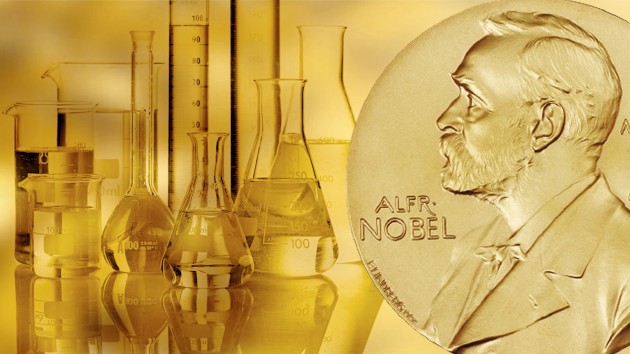 Nobel Prize in Chemistry 2022
Nobel Prize in Chemistry 2022
The 2022 Nobel Prize in Chemistry has been awarded to Carolyn R. Bertozzi, Morten Meldal and K. Barry Sharpless for the development of click chemistry and bioorthogonal chemistry.
Image: Springer Nature/The Nobel Foundation/Imagesource -
Collection |
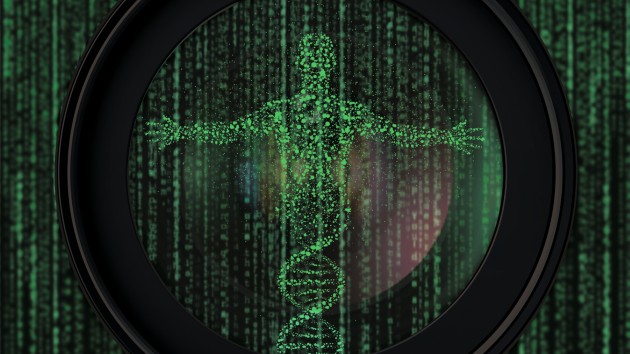 Telomere-to-Telomere: the complete human genome
Telomere-to-Telomere: the complete human genome
The Telomere-to-Telomere (T2T) Consortium has generated the first complete human genome.
Image: Guilio Formenti (The Rockefeller University) and Camilla Cima (freshmilk.it) -
Collection |
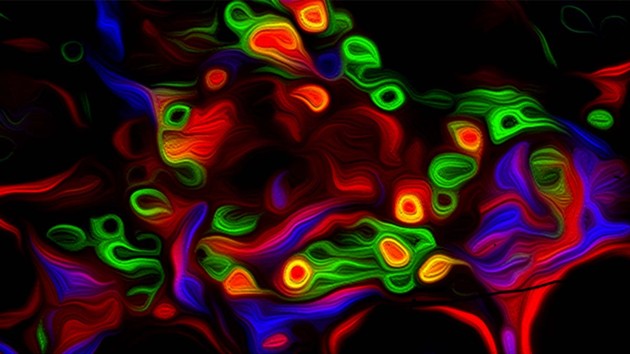 Stem Cells: from Single Cells to the Clinic
Stem Cells: from Single Cells to the Clinic
Recent technological progress has facilitated the study of how embryos develop, how embryonic cells transition between different states, how adult stem cells are maintained and differentiate, at unprecedented resolution.
Image: Deepti L Kumar and Tony DeFalco -
Focus |
 COVID-19 research: methods lead the way
COVID-19 research: methods lead the way
The COVID-19 pandemic has been marked by speedy scientific progress boosted by decades of methods development for basic biological research.
Image: Kateryna Kon / Science Photo Library | Iren Moroz / Alamy Stock Photo -
Special |
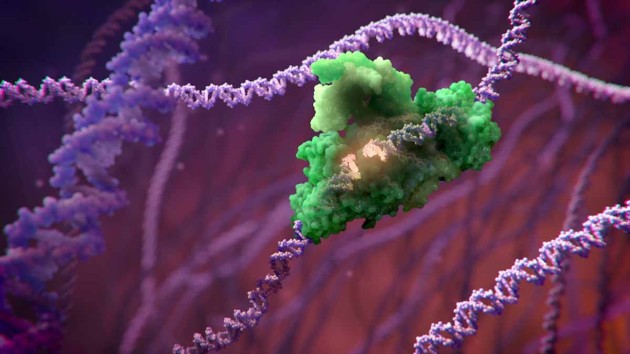 SCGE
SCGE
Genome Engineering has great potential to change how we model, understand, and treat diseases.
Image: XVIVO -
Focus |
 Method of the Year 2021: Protein structure prediction
Method of the Year 2021: Protein structure prediction
Protein structure prediction is our Method of the Year 2021, for the remarkable levels of accuracy achieved by deep learning-based methods in predicting the 3D structures of proteins and protein complexes, essentially solving this long-standing challenge.
-
Focus |
 Reporting and reproducibility in microscopy
Reporting and reproducibility in microscopy
This Focus issue features a series of papers offering guidelines and tools for improving the tracking and reporting of microscopy metadata with an emphasis on reproducibility and data re-use.
Image: Nilda Vanesa Ayala-Nunez (Institut de Recherche en Infectiologie à Montpellier), Orestis Faklaris (Montpellier Resources Imagerie, University of Montpellier), Caterina Strambio-De-Castillia (UMass Chan Medical School), Thao Do (Allen Institute of Cell Science) -
Collection |
 Brain Initiative Cell Census Network
Brain Initiative Cell Census Network
Four years ago, the NIH’s Brain Research through Advancing Innovative Neurotechnologies (BRAIN) Initiative Cell Census Network (BICCN) was launched, aiming to identify and catalog the diverse cells types in human, monkey and mouse brain.
Image: Jasiek Krzysztofiak/Nature -
Focus |
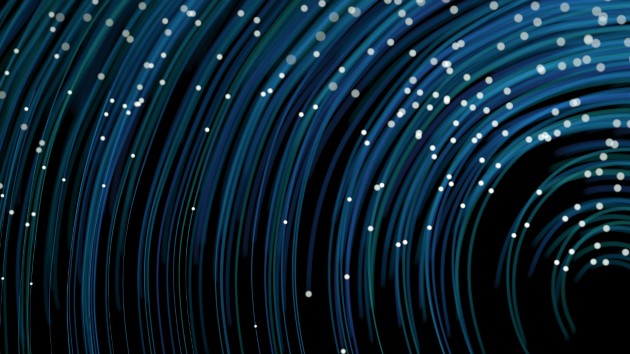 Reporting standards for machine learning in biology
Reporting standards for machine learning in biology
Machine learning-based approaches are being increasingly applied in life sciences research. This series of articles propose community reporting standards, intended to help improve the reproducibility and useability of machine learning-based analyses.
Image: Weiquan Lin/Getty Images -
Focus |
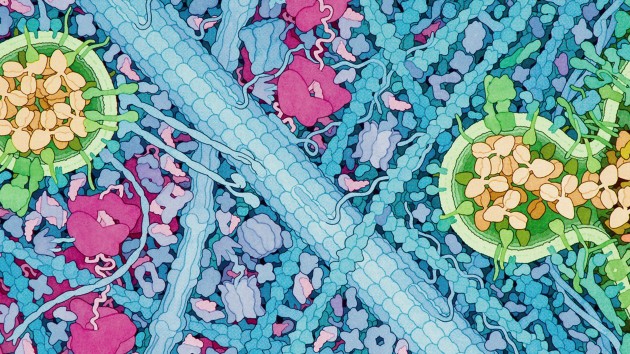 PDB 50th Anniversary: celebrating the future of structural biology
PDB 50th Anniversary: celebrating the future of structural biology
In honor of the 50th anniversary of the Protein Data Bank, Nature Methods and Nature Structural & Molecular Biology present a collection that brings together reviews, classic papers, announcements and specially commissioned Comments by researchers from diverse areas of structural biology who share their views on both the past and future of the field.
Image: Illustration by David S. Goodsell, ‘THE MACHINERY OF LIFE’, published 2009 by Springer Nature. -
Focus |
 Method of the Year 2020: spatially resolved transcriptomics
Method of the Year 2020: spatially resolved transcriptomics
Spatially resolved transcriptomics is our Method of the Year 2020, for its ability to provide valuable insights into the biology of cells and tissues while retaining information about spatial context.
Image: Xioawei Zhuang, Harvard University

 Methods for studying noncoding RNA
Methods for studying noncoding RNA